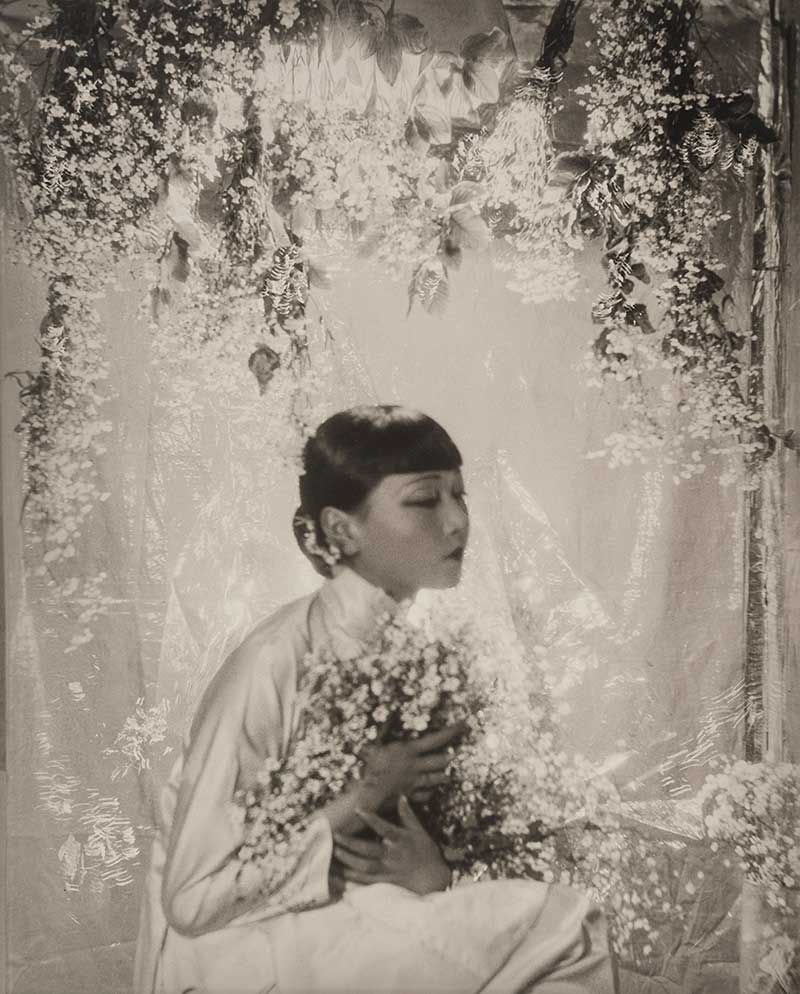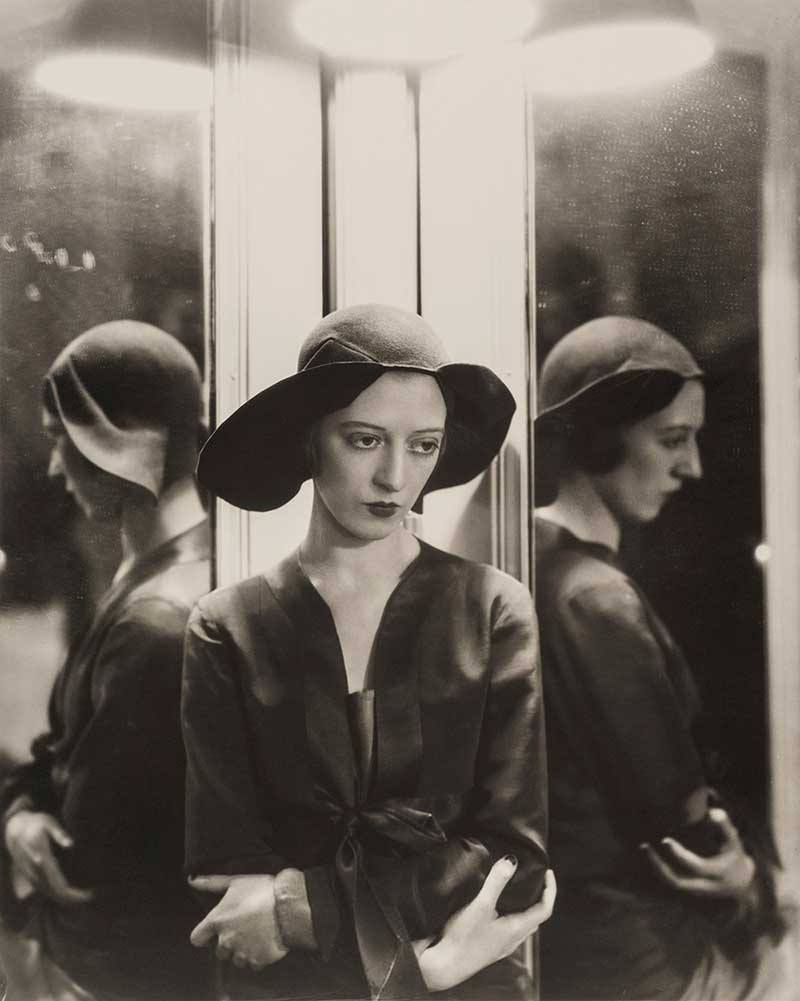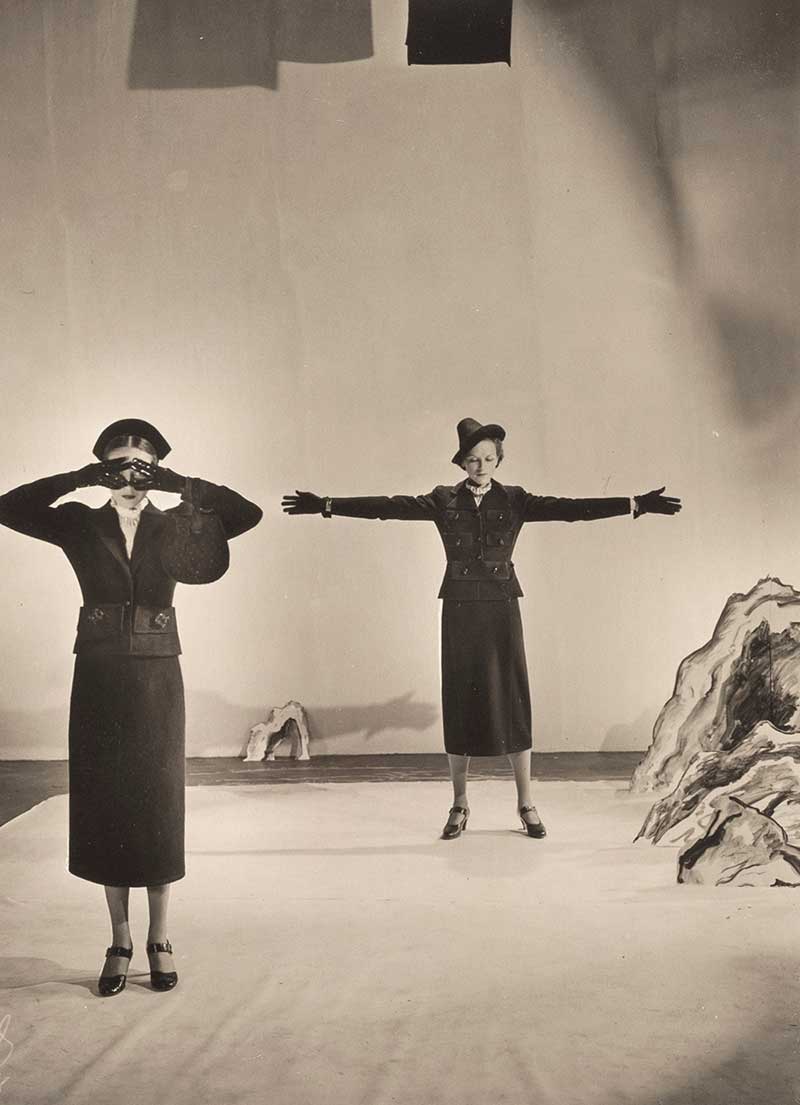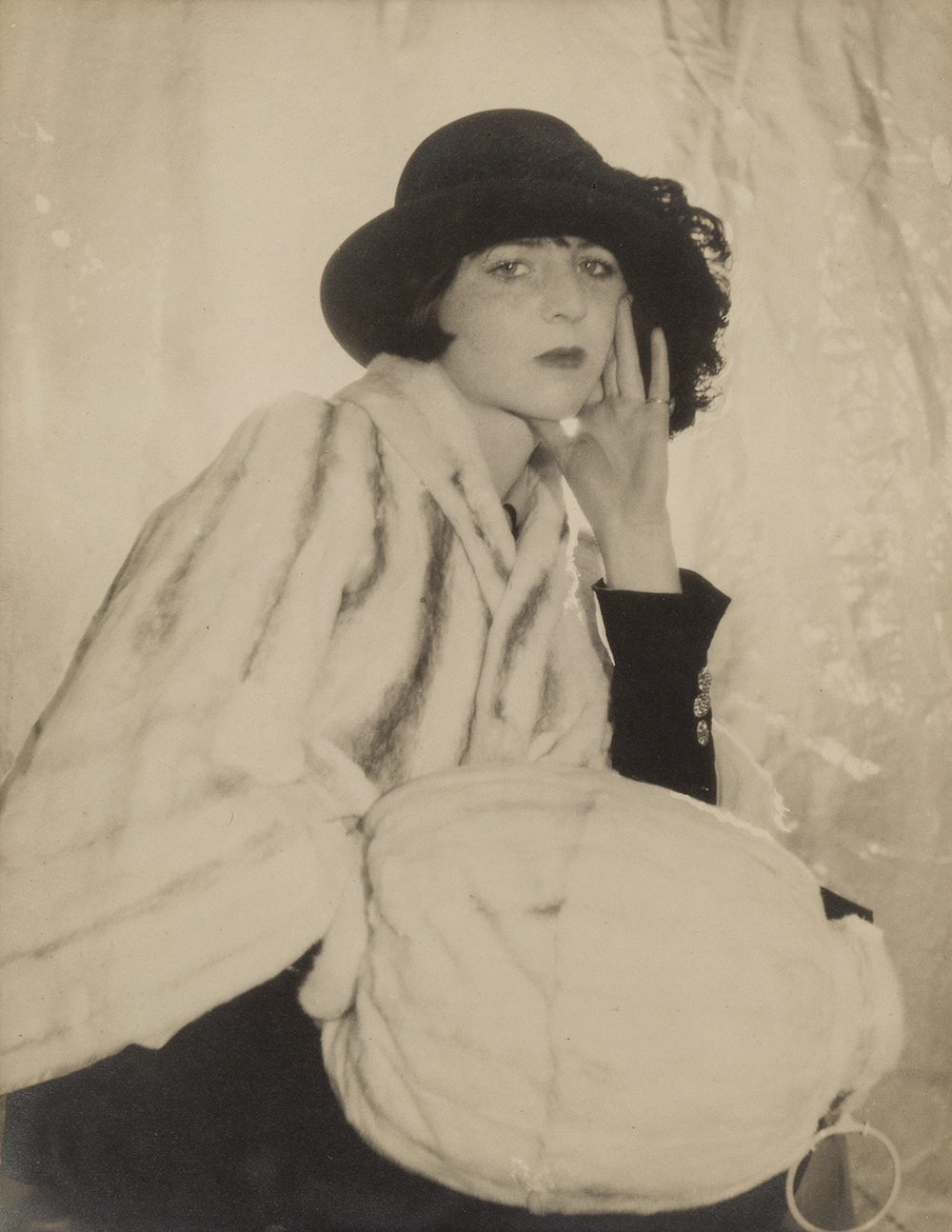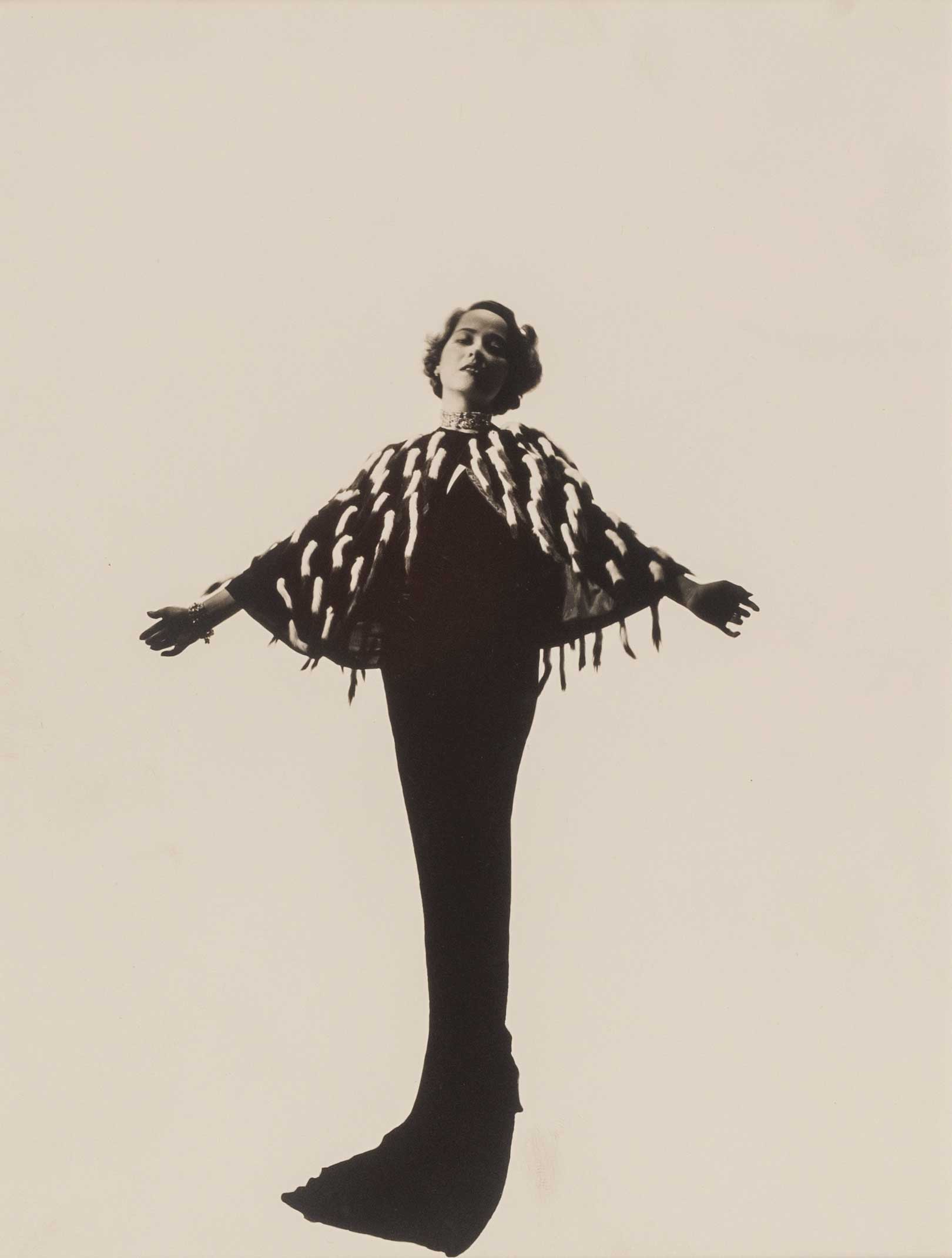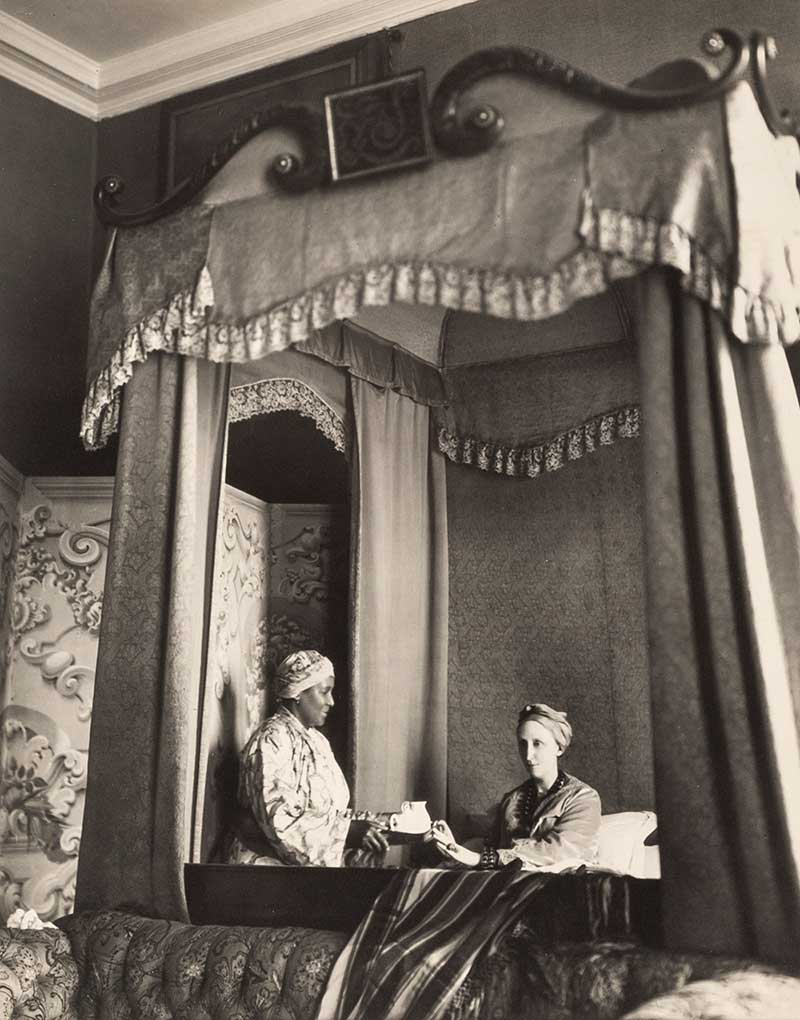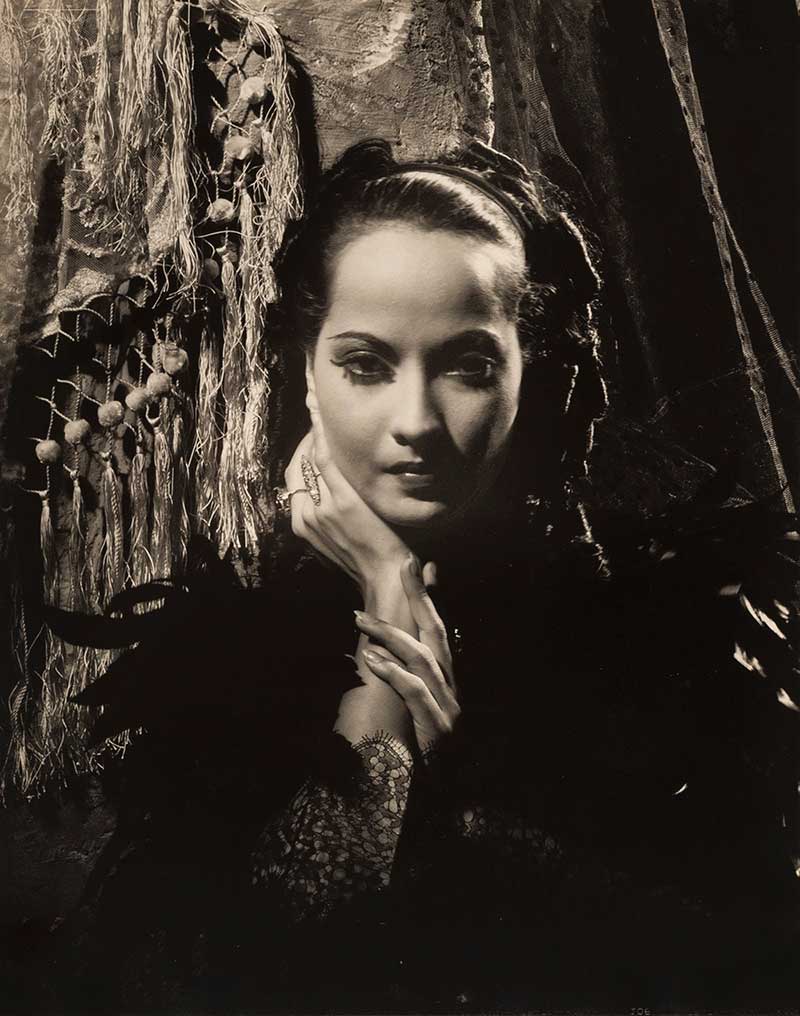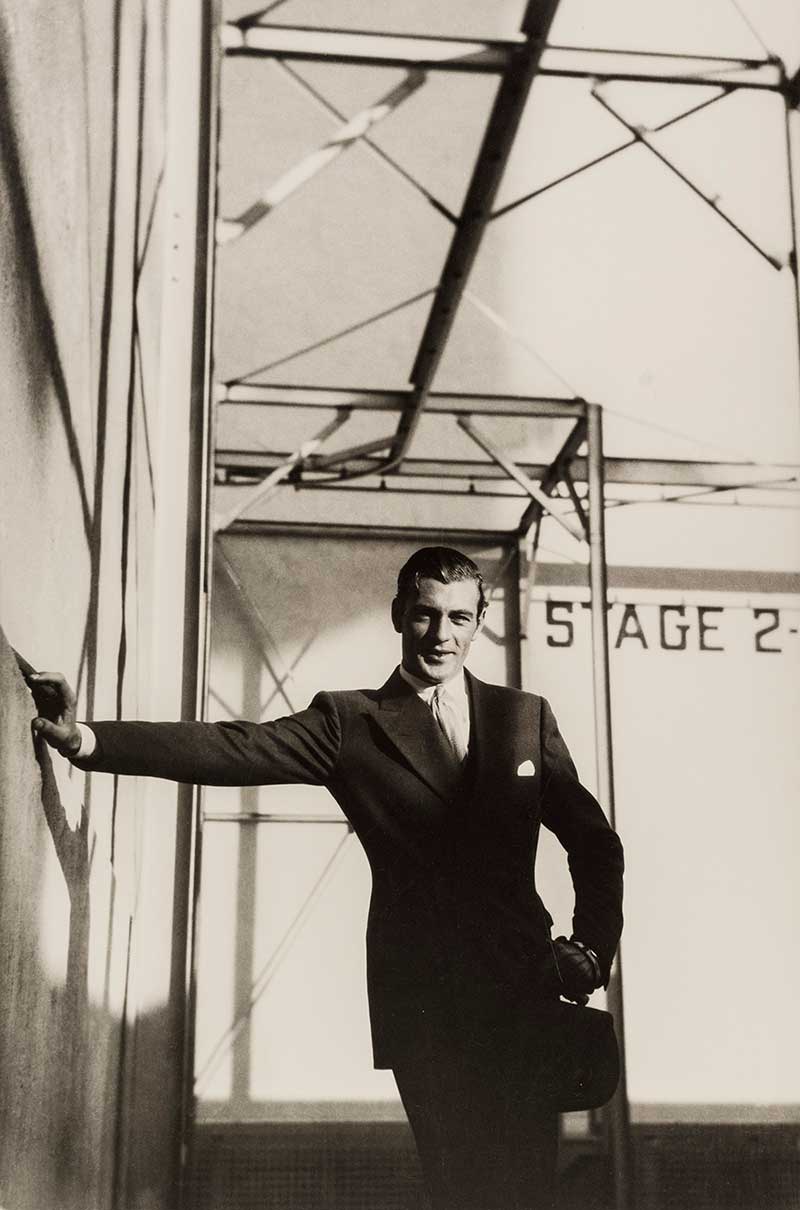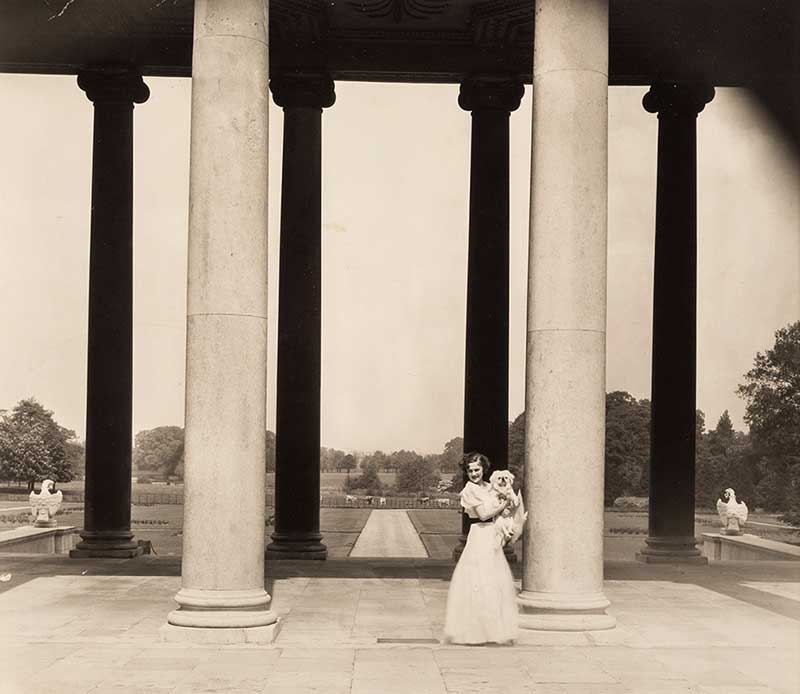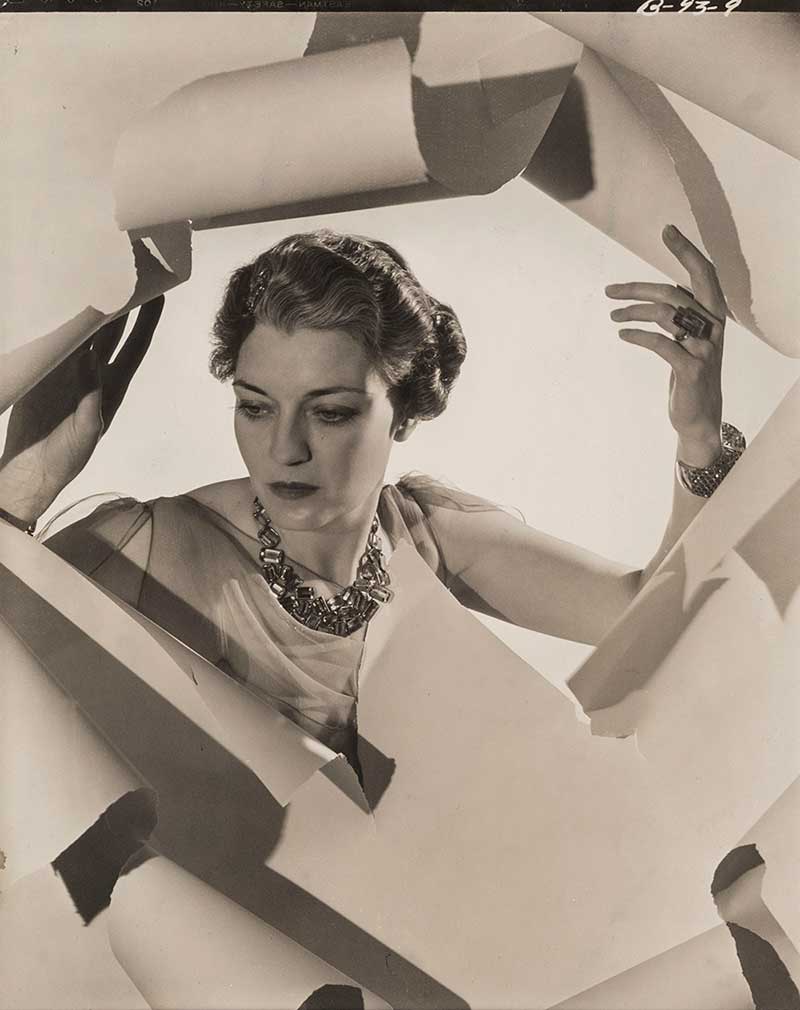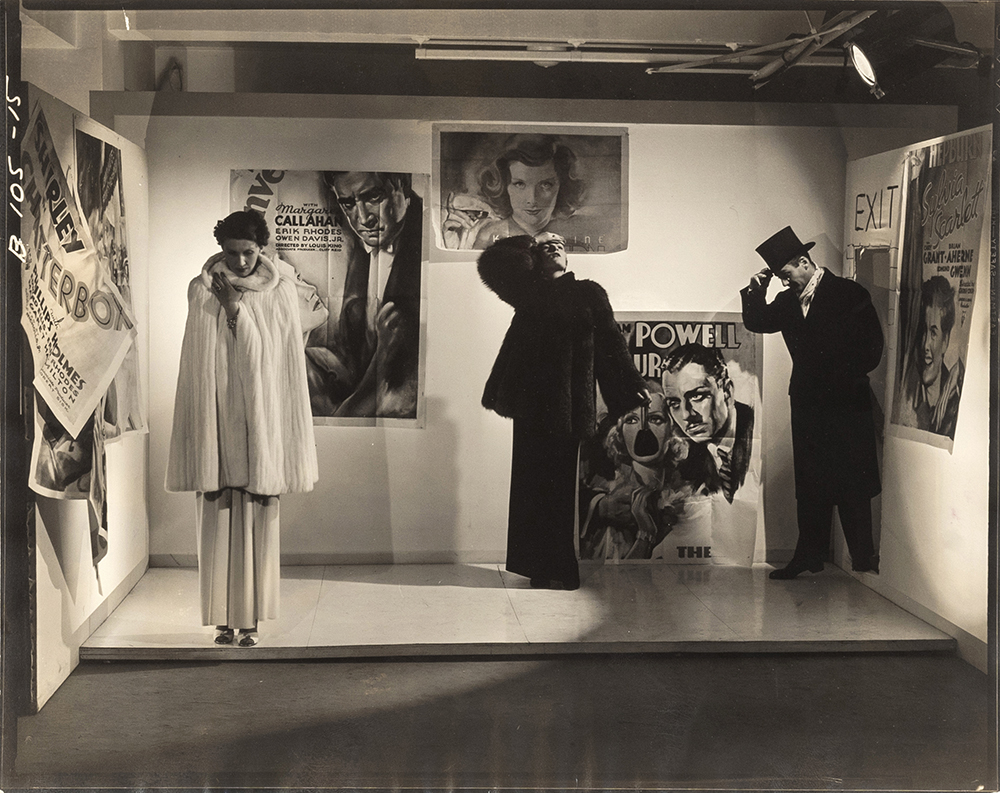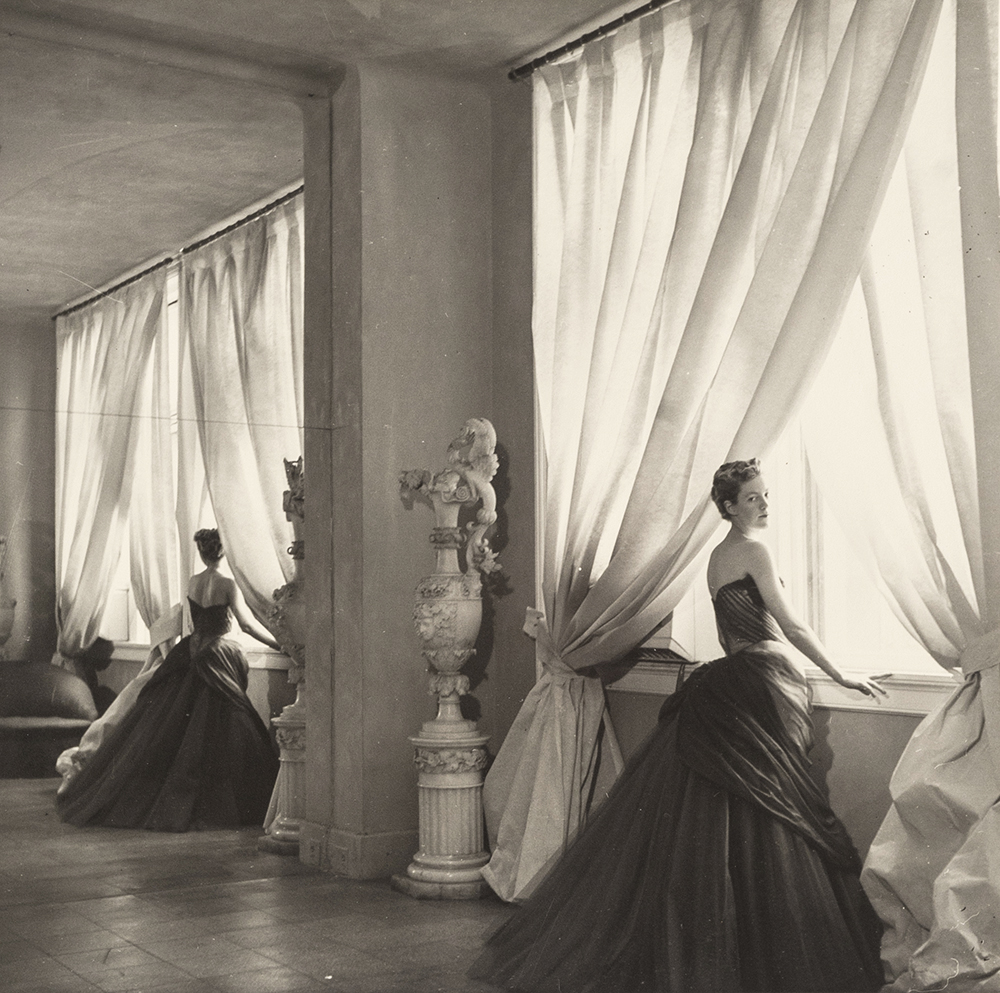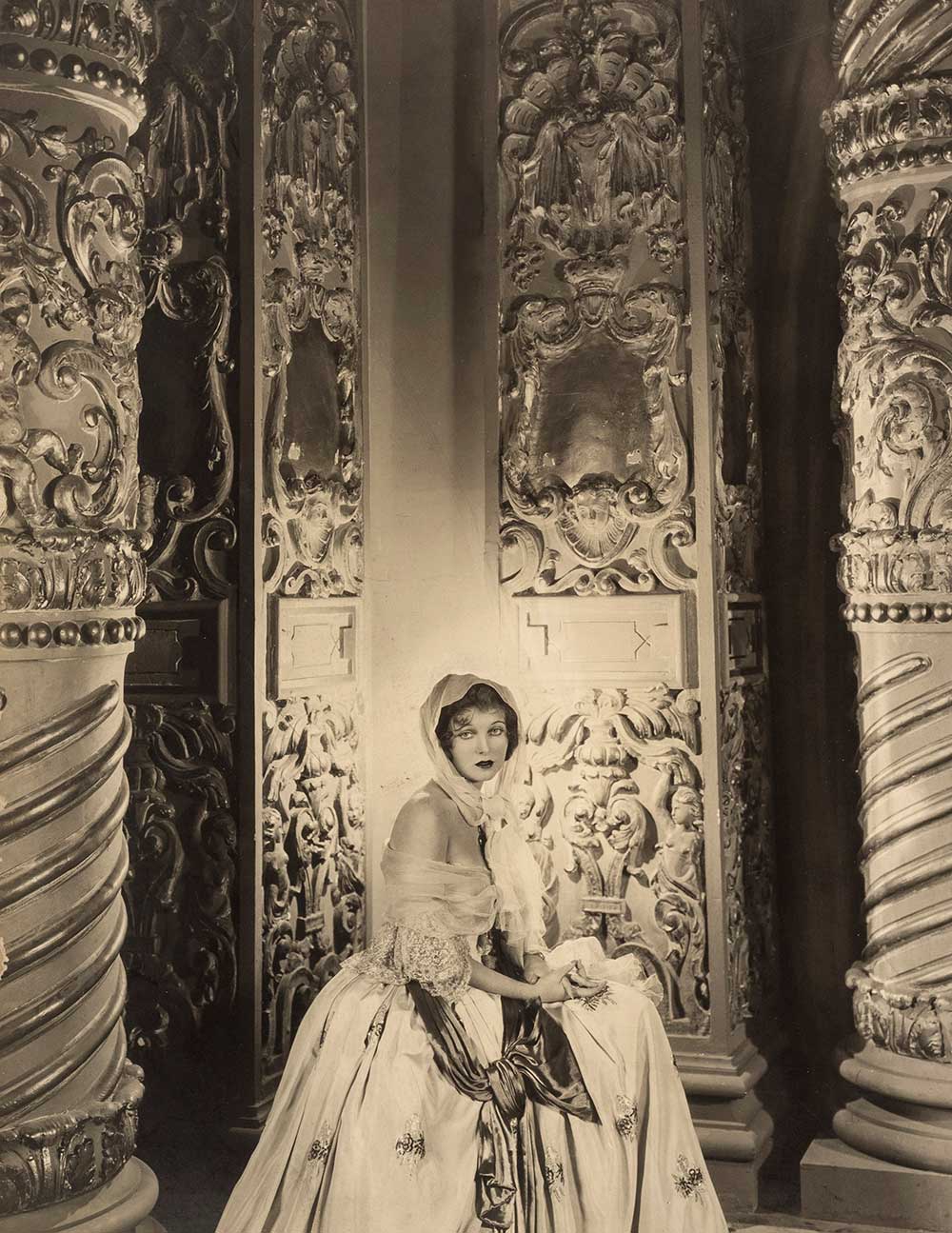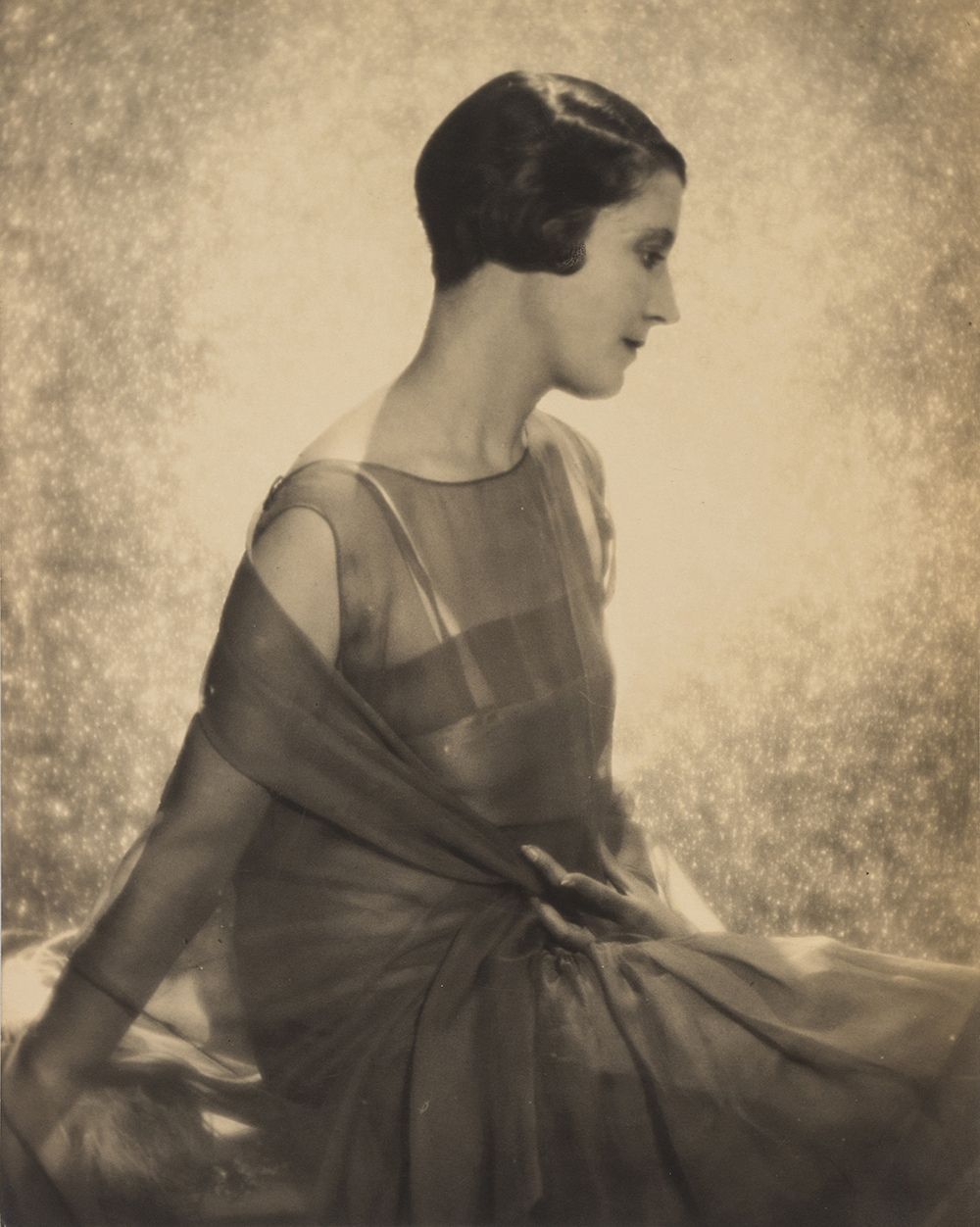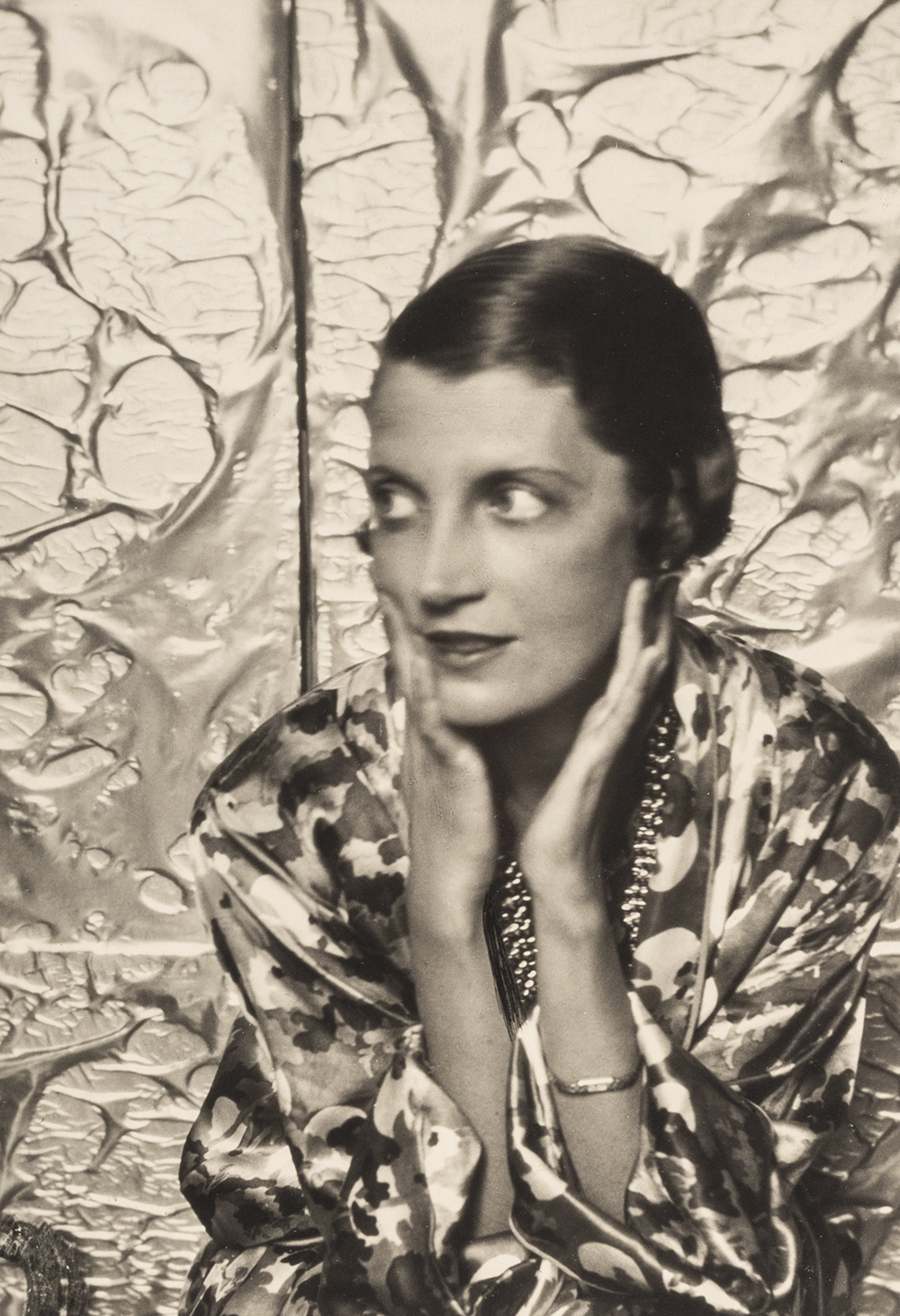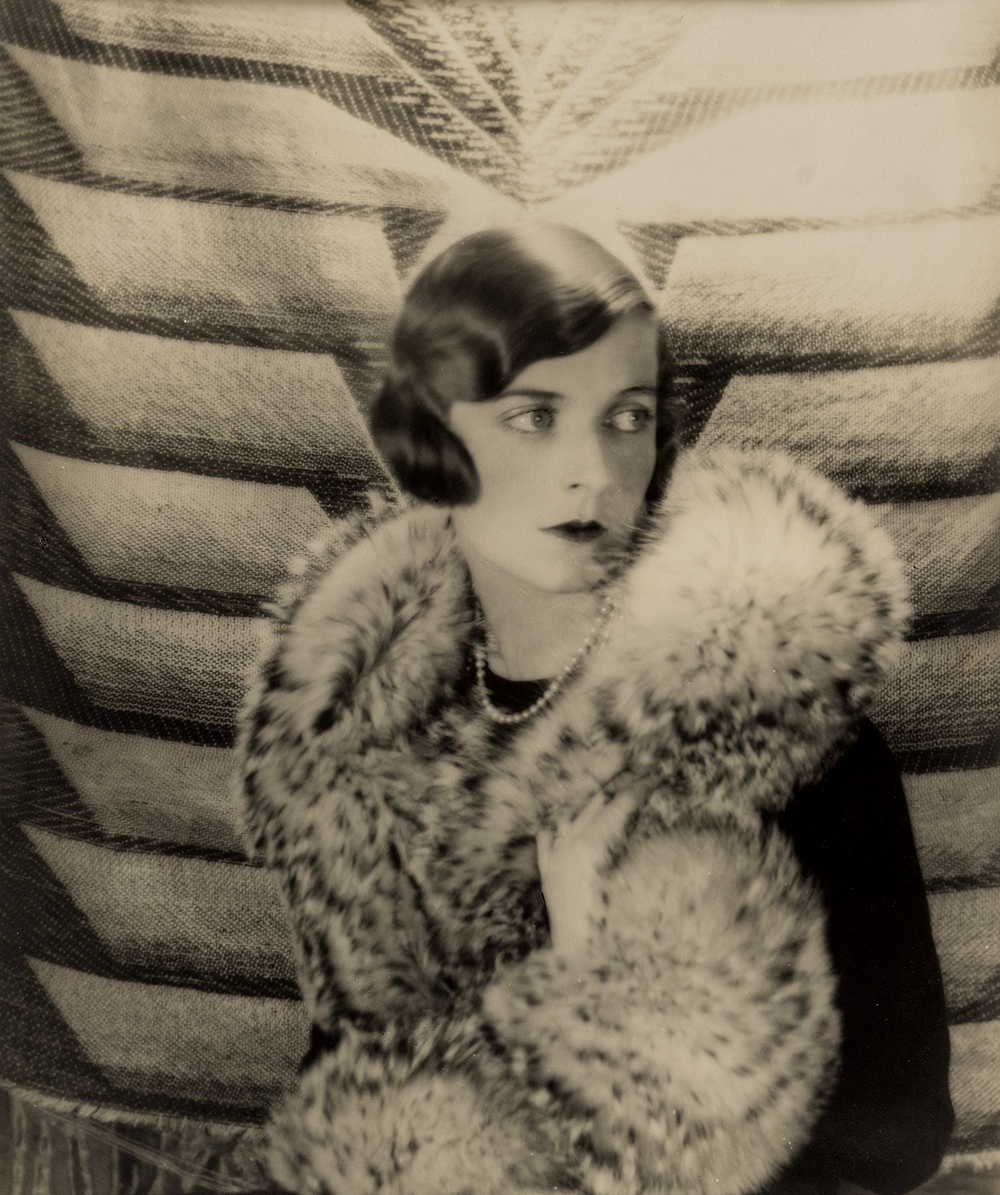Cecil Beaton:Vintage Works
01.07 – 15.09.2020
Closed
Hours
Monday to Saturday, 10:00am – 5:30pm
Gallery
3–5 Swallow St
London
W1B 4DE
An exhibition of vintage photographs by Cecil Beaton tracing his career from his early works in the 1920s through to the 1960s.
As a prominent member of the ‘Bright Young Things’ in London during the 1920s, Beaton was uniquely placed to photograph a generation of young socialites, avant-garde artists and writers. Stylish and experimental, his bold use of pattern, line and texture reflects the extravagance of the era and the high-spirited characters of the ‘Bright Young Things’.
His photographs provide an insight into this enduringly intriguing group, and both the public and private images they fashioned for themselves. Portraits include early photographs of his mother and his two sisters, Baba and Nancy, in theatrical costumes, alongside society figures such as poet and critic Edith Sitwell, as well as actresses Talullah Bankhead and Anna May Wong.
Beaton quickly became known for his theatrical use of elaborate props, costumes, and hand painted backdrops. He was celebrated for his ability to deftly reference the history of art, as well as the subtle use of motifs borrowed from emerging European Surrealism. Portraits of artists and designers in the exhibition include Salvador Dali, Elsa Schiaparelli and Coco Chanel.
Beaton’s career as an internationally renowned fashion photographer evolved naturally from his work as a society portraitist, and flourished under the patronage of Vogue, first in London and Paris, and by 1929, New York. A number of works in the exhibition demonstrate his innovative and distinctive fashion photography, and were produced during his time working for American Vogue and Harper’s Bazaar.
The Exhibition
4

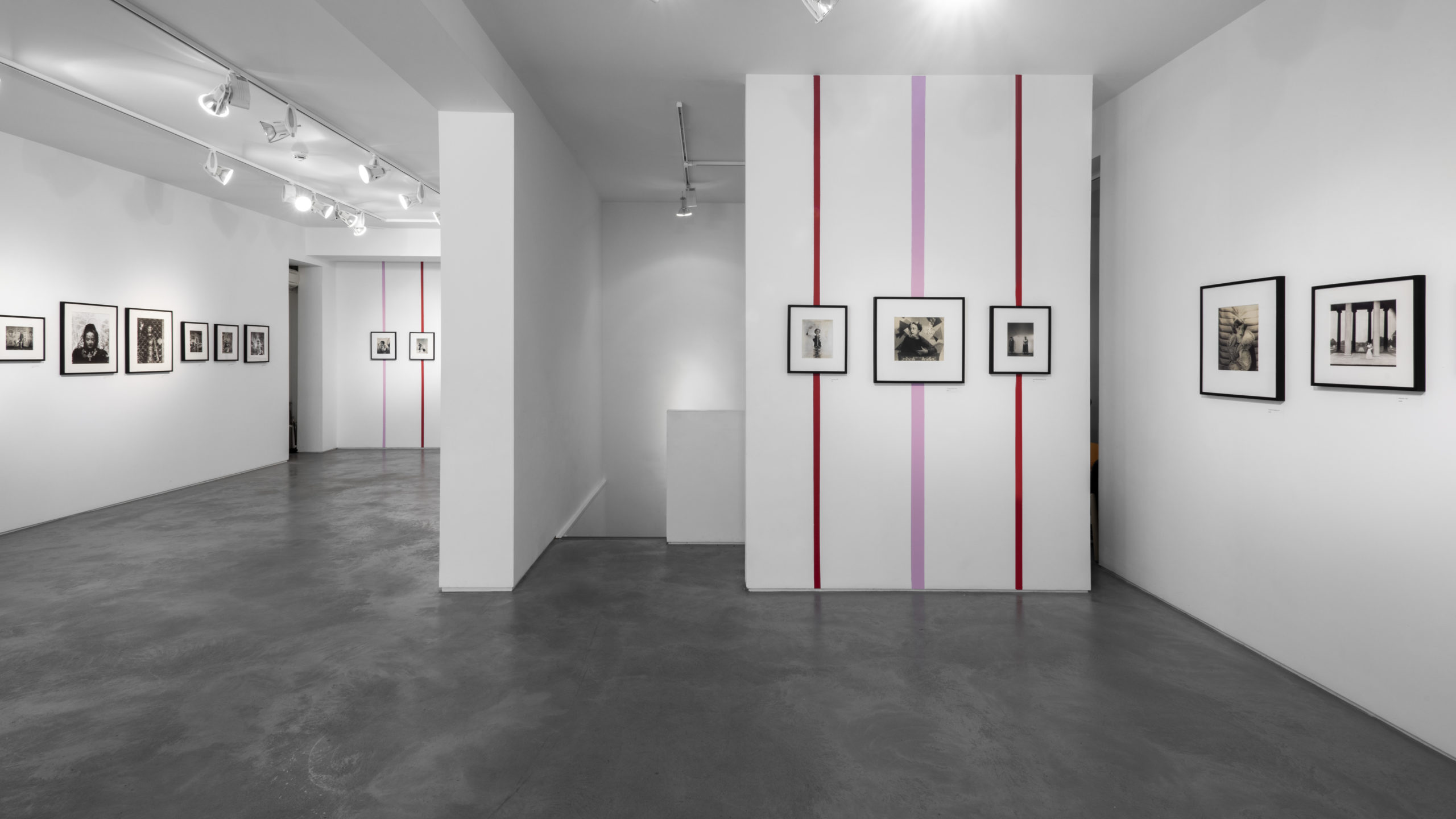
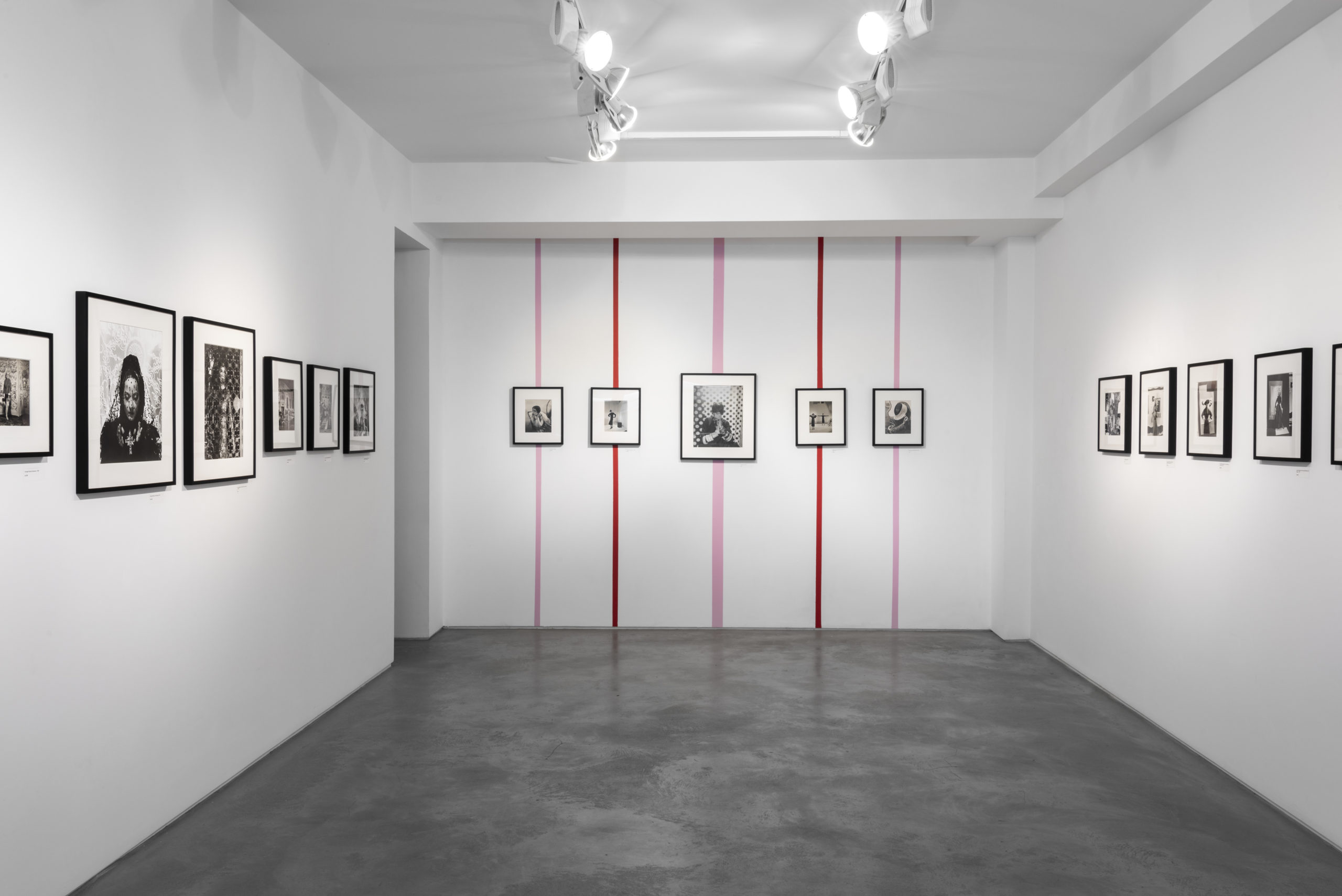
-
2
-
3
-
-
The Works
28
B. Britain1904-1980
Biography
Cecil Beaton was an influential photographer, illustrator, costume and set designer. Beaton is known for his elaborately decorated and intricate backdrops, which often nod towards Surrealism. A prominent member of the ‘Bright Young Things’, Beaton photographed a generation of glitzy young aristocrats and socialites including Edith Sitwell and Stephen Tennant. Throughout the decade, though, Beaton’s most frequent sitters were his two sisters, Nancy and Barbara, known as ‘Baba’. The sisters proved useful props for the young photographer, as he experimented with backdrops, materials and photographic techniques.
As a fashion photographer, Beaton worked for Vogue in London, Paris, and New York. Throughout the 1930s, he shot Hollywood film stars for Vanity Fair, revealing an increasing reliance on close-ups of the face, often strongly modelled by contrasting light and shade, and also the increasing incorporation of floral motifs. Beaton’s aesthetic remained highly artful if not so brazenly artificial. After photographing Queen Elizabeth in Buckingham Palace in 1939, Beaton was invited to become the Royal photographer of choice. Finally, Beaton was appointed as an official photographer for the Ministry of Information in 1940. Beaton’s contributions as a stage designer to the films, Gigi (1958) and My Fair Lady (1964) gained him Oscars and made him a household name.
Cecil Beaton was born in London in 1904. He was awarded a CBE in 1956. His work has been presented in major exhibitions at the National Portrait Gallery, London; the Museum of the City of New York, USA; and the Imperial War Museum, London.


